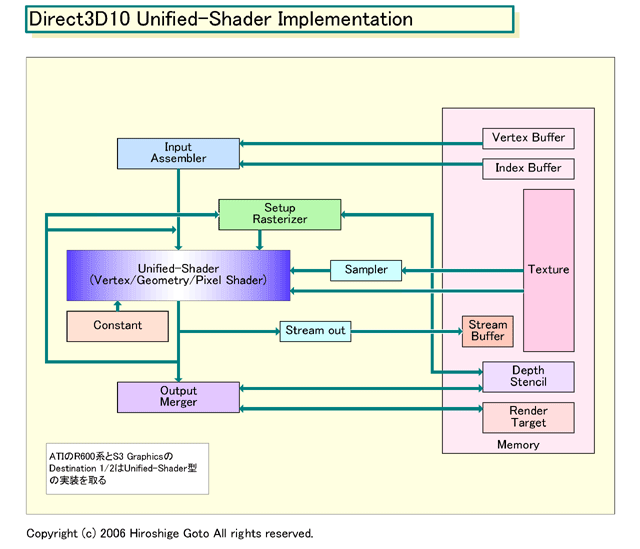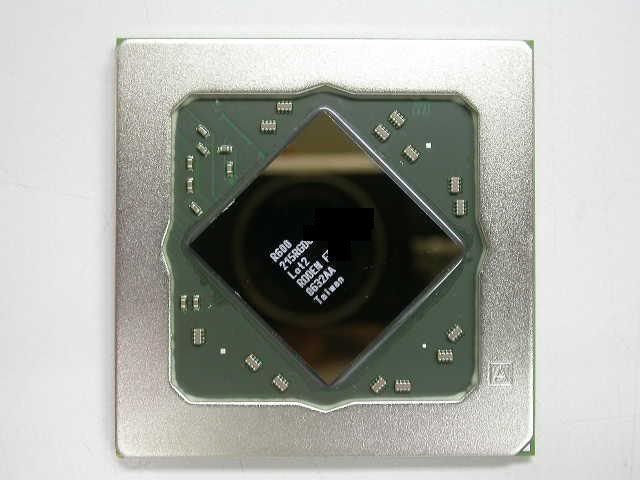Catalyst 6.10 vs Catalyst 6.12, perhaps?
Since the author of that piece was the current editor of Beyond3D, you may wish to reconsider that question, which is certainly unnecessarily confrontational for "step 1" of getting to the bottom of any question no matter who the other party is.
I really don't care who the author is and it shouldn't matter for my question's sake. Why was there not AA or AF on that CoH test? It does look suspisious. Perhaps Ryszard Sommefeldt could answer that for me.



